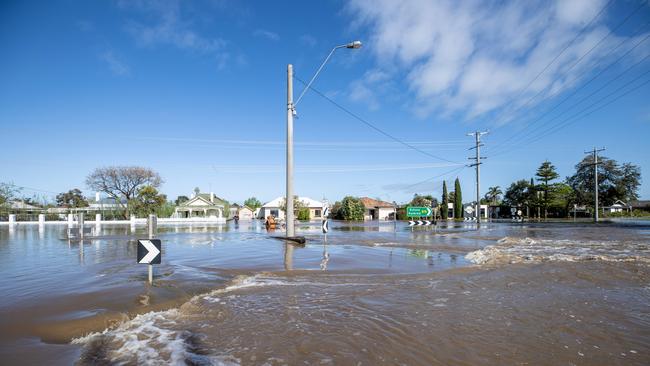Water management has Rochester residents on edge
Fears of another flood have Rochester residents considering blocking their major roads.

Bendigo
Don't miss out on the headlines from Bendigo. Followed categories will be added to My News.
A Rochester blockade is being considered by frustrated residents who fear their town will be forgotten as it grapples with the ongoing hardship of flood repairs.
Roads through the town connect major centres like Bendigo through to Echuca and on to the highways to Canberra and Sydney.
It is a commonly used regional freight route, with trucks rumbling through Rochester’s main street many times daily.
Concerned residents fear Lake Eppalock is teetering on the brink of overflow, which would place the town at risk of another flood.
“I feel we have to do something,” one said.
“It’s really hitting everybody. We could flood again and nobody seems to be doing anything about it.”
There’s been little rain in the town but residents say that publicly available records show Lake Eppalock sitting at 94.8 percent capacity.
They want the water released slowly so it can go harmlessly down the Campaspe River.
It comes as pressure mounts for the state government to act.
The Liberals, the Greens and members of the crossbench in the Victorian Upper House banded together on Wednesday to force an inquiry into the causes of the October floods.
The government has promised a “technical assessment” of the Lake Eppalock and Lake Eildon, but residents fear it will not be enough to avert a second disaster.
Community unrest is centred around the threat of future flooding, management of water catchments, and difficulties repairing housing stock. This includes insurance claims and policy renewals.
Water Minister Harriet Shing released a statement during the week saying the assessment would look at rules governing the lake.
“A technical assessment of the operating and infrastructure arrangements at Lake Eppalock will be undertaken to determine if changing the operating rules or infrastructure could improve protection for downstream communities from future flooding,” she said.




